- News
- Reviews
- Bikes
- Components
- Bar tape & grips
- Bottom brackets
- Brake & gear cables
- Brake & STI levers
- Brake pads & spares
- Brakes
- Cassettes & freewheels
- Chains
- Chainsets & chainrings
- Derailleurs - front
- Derailleurs - rear
- Forks
- Gear levers & shifters
- Groupsets
- Handlebars & extensions
- Headsets
- Hubs
- Inner tubes
- Pedals
- Quick releases & skewers
- Saddles
- Seatposts
- Stems
- Wheels
- Tyres
- Tubeless valves
- Accessories
- Accessories - misc
- Computer mounts
- Bags
- Bar ends
- Bike bags & cases
- Bottle cages
- Bottles
- Cameras
- Car racks
- Child seats
- Computers
- Glasses
- GPS units
- Helmets
- Lights - front
- Lights - rear
- Lights - sets
- Locks
- Mirrors
- Mudguards
- Racks
- Pumps & CO2 inflators
- Puncture kits
- Reflectives
- Smart watches
- Stands and racks
- Trailers
- Clothing
- Health, fitness and nutrition
- Tools and workshop
- Miscellaneous
- Buyers Guides
- Features
- Forum
- Recommends
- Podcast
review
 2024 Look Keo Blade Ceramic Ti pedals - backs.jpg
2024 Look Keo Blade Ceramic Ti pedals - backs.jpg£310.00
VERDICT:
Expensive, but impressive performance and a very low overall weight
Light
Ceramic bearings are smooth rolling
Reassuring foot retention
Cleat plate scuffs quickly
Weight:
190g
Contact:
At road.cc every product is thoroughly tested for as long as it takes to get a proper insight into how well it works. Our reviewers are experienced cyclists that we trust to be objective. While we strive to ensure that opinions expressed are backed up by facts, reviews are by their nature an informed opinion, not a definitive verdict. We don't intentionally try to break anything (except locks) but we do try to look for weak points in any design. The overall score is not just an average of the other scores: it reflects both a product's function and value – with value determined by how a product compares with items of similar spec, quality, and price.
What the road.cc scores meanGood scores are more common than bad, because fortunately good products are more common than bad.
- Exceptional
- Excellent
- Very Good
- Good
- Quite good
- Average
- Not so good
- Poor
- Bad
- Appalling
The latest Look Keo Blade Ceramic Ti pedals are incredibly light and smooth running, but that does come at a price. For the racer, though, their performance and cost are probably justifiable.
Weighing just 190g per pair on our scales, not only do the Keos match Look's claims but they also feel incredibly light. A lot of that is down to the fact that there isn't much going on in terms of mechanics.
Instead of springs and clips, like you find on some manufacturers' pedals, these Keos use a carbon fibre blade (hence the name) and its 'spring' or flex to clamp the cleat into position on the pedal body.
The blades come in a range of four tension options, 8Nm, 12Nm, 16Nm and 20Nm, so you can choose how aggressive you want the retention to be. The Blade Ceramics reviewed by Laurence, for example, came fitted with the 12Nm option. These come with the 16Nm blades fitted, which are perfect if you put out a lot of power and don't want to risk pulling a foot out in a sprint or on a climb.
For general day-to-day use you'll need to remember that you have to put in quite a bit of effort to remove your foot before you get to a junction or red light, and things can get a little tricky if you find yourself in stop-start traffic if you can't track stand.
From a performance point of view, though, they can't really be faulted; they're ideal for racing and other types of riding where you aren't going to need to keep clipping in and out.
The blades can be changed to lighter or heavier offerings, but you'll need to factor in the cost of the kit, which is £41 on Look's UK website.
The Keo cleats supplied offer 4.5 degrees of float to give a bit of knee-friendly movement, and the clip in and out action is smooth and reliable. Fixed cleats are also available (black) or the red alternatives offer 9 degrees.
The cleats and pedal body offer plenty of surface area, which spreads the weight and pressure well; I didn't suffer from any hot spots on the soles of my feet. It's also great for power transfer.
Stack height for pedal and cleat is 14.8mm.
> Check out our guide to the best clipless pedals you can buy
As the name suggests, the pedals use ceramic bearings and a titanium axle, with the former making them run very smoothly indeed; it's not night and day compared with cheaper steel bearings, though Look does make some big claims with regards to their durability: that they're over four to six times longer lasting than steel bearings.
As anyone in the UK knows, it has been wet, very wet, over the last few months, but to date I have had no issues whatsoever with any creaking or rough running from the bearings. Regardless, that Look offers a three-year guarantee is still reassuring, and spare parts are readily available.
The carbon pedal body is tough and relatively resilient to scuffs, and even if some scuffing does happen, the black colour means it's barely noticeable. I can't say the same for the stainless steel cleat plate, though, which is already looking scruffy from wear and tear.
Value
It's no surprise that all of these high-end materials mean the Keos command an impressive price of £310. That's a lot more than Shimano's Dura-Ace SPD-SL pedals at £234.99, but they don't have ceramic bearings or titanium axles.
There are more expensive options, though: Wahoo's Speedplay Nanos are a mixture of titanium and carbon fibre, and their price dwarfs that of the Looks at £379.99.
The Nanos work differently to the Looks by having all of their retention workings within the cleat, which does give a very low stack height of 11.5mm, and you also get a lot of float.
Conclusion
The Keo Blades are an impressive set of pedals in terms of weight, smoothness and performance, although as with many range-topping models, you are paying more for diminishing returns.
Verdict
Expensive, but impressive performance and a very low overall weight
road.cc test report
Make and model: Look Keo Blade Ceramic Ti
Size tested: One Size
Tell us what the product is for and who it's aimed at. What do the manufacturers say about it? How does that compare to your own feelings about it?
Look says, "The Keo Blade Ceramic Ti embodies the pinnacle of cycling performance, combining supreme lightness and cutting-edge technology to reach new heights. Proudly "Made in France" by LOOK for the most competitive cyclists."
They are very light, stiff, and can't be criticised in terms of performance.
Tell us some more about the technical aspects of the product?
Look lists these details:
Spindle material: Titanium
Technology: Blade
Body material: Carbon
Platform area: 705 mm2
Platform width: 64 mm
Total stack height (pedal + cleat): 14,8 mm ( 8,5 + 6,3 )
Q Factor: 53 mm
Retention: Serial installed in 16
Cleats: Keo Grip
Blade: Carbon
Rate the product for quality of construction:
9/10
Rate the product for performance:
9/10
Rate the product for durability:
7/10
Rate the product for weight (if applicable)
9/10
Rate the product for value:
5/10
Tell us how the product performed overall when used for its designed purpose
Stunning in terms of stiffness and cleat retention.
Tell us what you particularly liked about the product
Incredibly light.
Tell us what you particularly disliked about the product
They scuff easily.
How does the price compare to that of similar products in the market, including ones recently tested on road.cc?
They're more expensive than Shimano's Dura-Ace pedals – but those don't have ceramic bearings or titanium axles – and less than Speedplay's Nanos, which are a mixture of titanium and carbon fibre and cost £379.99.
Did you enjoy using the product? Yes
Would you consider buying the product? Yes
Would you recommend the product to a friend? Yes
Use this box to explain your overall score
An incredibly light pair of pedals which look and feel to be very well made. A high price, but impressive foot retention will make them invaluable for powerful riders and racers.
About the tester
Age: 44
I usually ride: This month's test bike My best bike is: B'Twin Ultra CF draped in the latest bling test components
I've been riding for: Over 20 years I ride: Every day I would class myself as: Expert
I regularly do the following types of riding: time trialling, commuting, club rides, sportives, fixed/singlespeed,
Since writing his first bike review for road.cc back in early 2009 senior product reviewer Stu has tested more than a thousand pieces of kit, and hundreds of bikes.
With an HND in mechanical engineering and previous roles as a CNC programmer/machinist, draughtsman and development engineer (working in new product design) Stu understands what it takes to bring a product to market. A mix of that knowledge combined with his love of road and gravel cycling puts him in the ideal position to put the latest kit through its paces.
He first made the switch to road cycling in 1999, primarily for fitness, but it didn’t take long for his competitive side to take over which led to around ten years as a time triallist and some pretty decent results. These days though riding is more about escapism, keeping the weight off and just enjoying the fact that he gets to ride the latest technology as part of his day job.







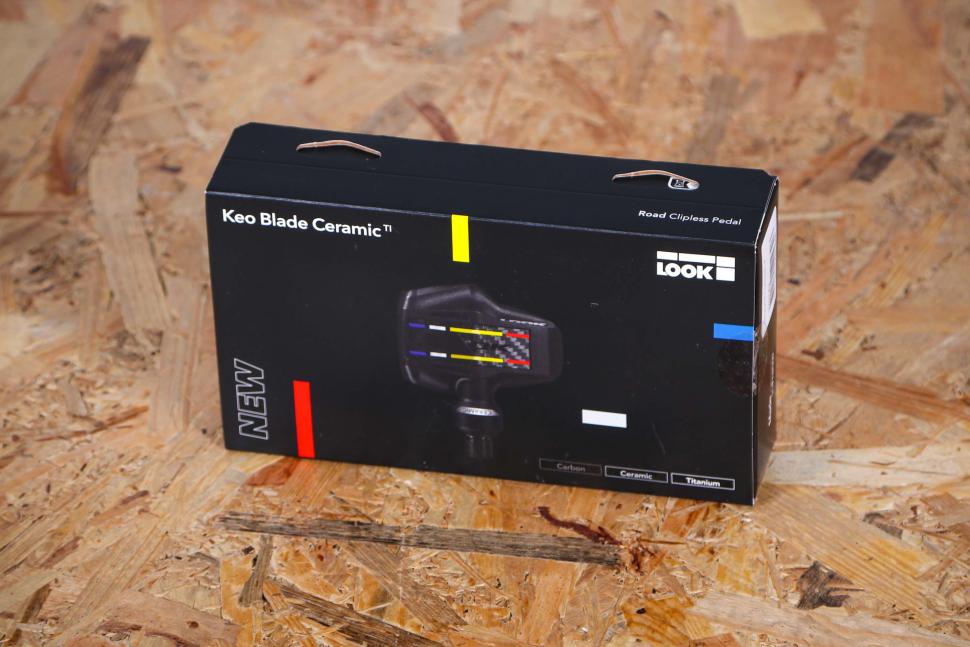

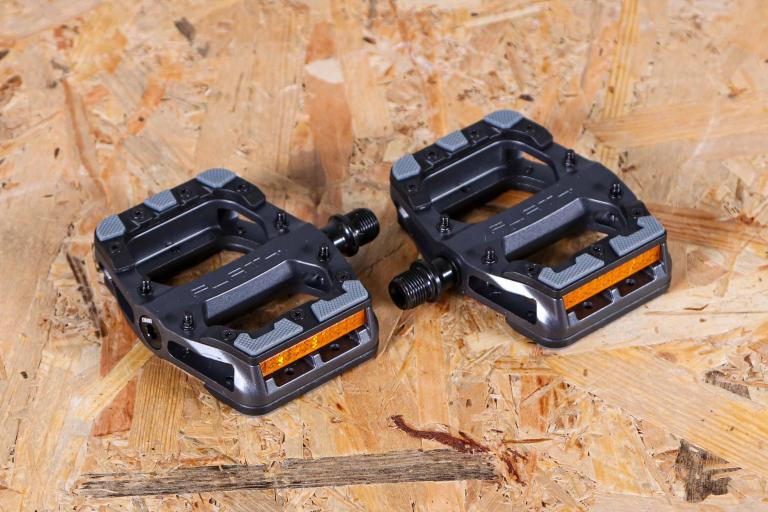
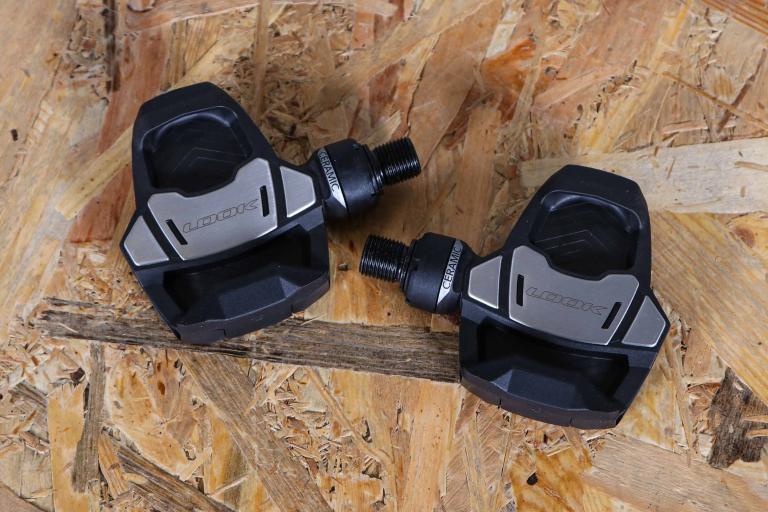
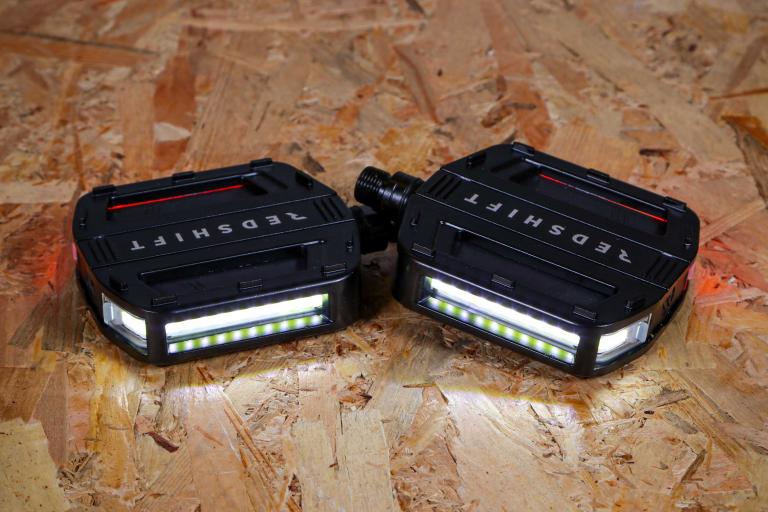
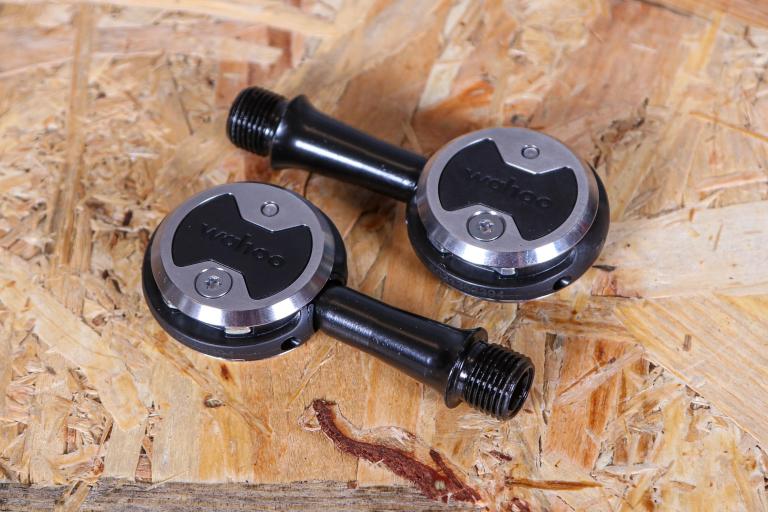
Drivers react to Brinkworth Road Lidl works causing delays...
+1 for diesel; is the corner on a bus route? They're the worst culprits though there are plenty of others. Often impossible to see, one of my...
Absolutely not. I work for a cycling company and regularly travel to Europe with a bike, I always get stopped to check if I had products to sell in...
Woman arrested after car flips onto roof in Oxford crash...
I am, but not that much!
Nobody "deserves" to be spat on, be they riders, fans or anyone else. Saying that riders shouldn't spit on spectators isn't demanding they act like...
Q36.5 Gregarius Essential Bib Knickers fit the bill: 3/4 length bib tights for warm weather.
Jolly good. Only it hasn't been and it is still a public bridleway. Feel free to look it up.
"...it feels more like a £100+ jersey". It's almost as if cycling apparel is over priced.
I've had a few Lezyne bits and bobs over the years and while it's true I've never bothered to return anything under warranty, I've had a couple of...